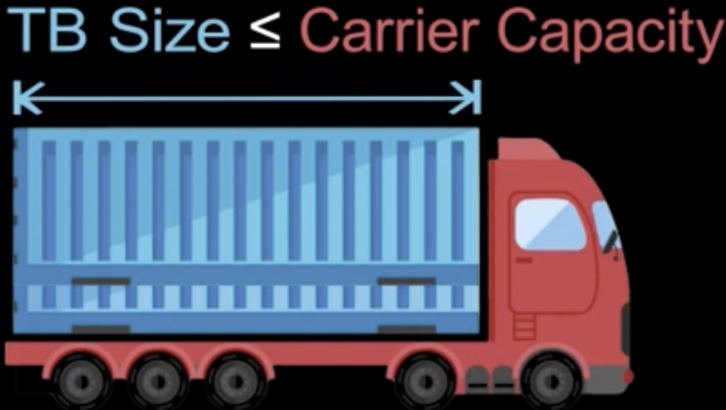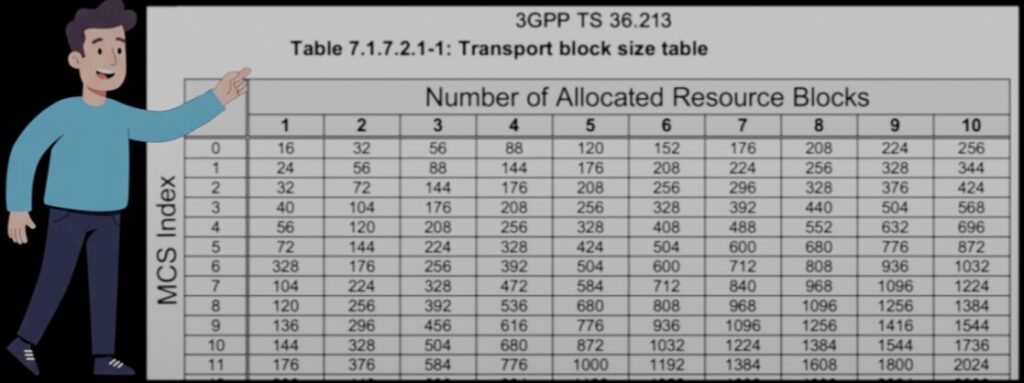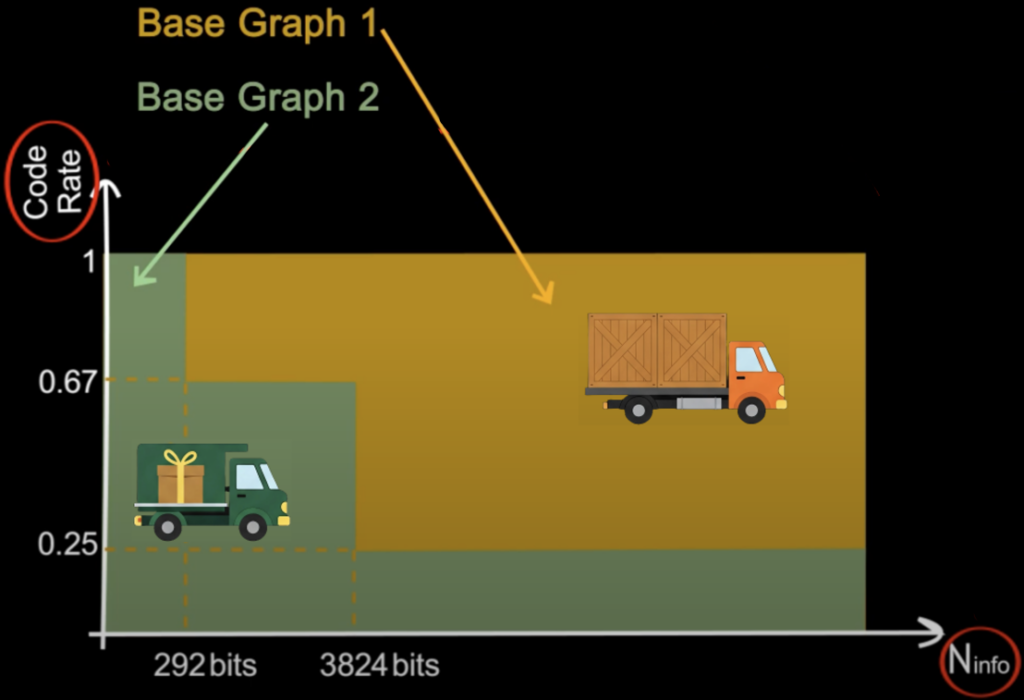Ever Wonder How 5G Sends Data Super Fast? How 5G networks decide how much data to send to your phone at once? Let's Talk About Transport Blocks! 📦
Want to dive into details? Watch this video:
What is Link Adaptation?
Imagine you’re trying to have a conversation with someone across a noisy room. If they are close by and it’s quiet, you can speak softly and quickly and still understand each other perfectly (high data rate!). But if they move further away, or the room gets really noisy, you need to adapt! You might start speaking louder and more slowly, repeating yourself to make sure they understand (lower data rate, but more reliable!). Link Adaptation in wireless is similar! It’s the technology that allows the 5G network and your phone to smartly adjust the data rate based on the current wireless conditions and data requirements.”
🚚 Think of it Like Delivery Trucks for Data!
Imagine 5G data as packages being delivered to your phone. The base station (that’s the cell tower) is like a delivery center. It wants to send you data as quickly and efficiently as possible.
To do this, the base station first checks your “road conditions” – how good is your connection to the tower? It sends out a signal called CSI-RS, like a scout checking the road ahead.
Your phone measures the signal quality and sends back a report card called CQI (Channel Quality Indicator). This is a score from 0 to 15. High score? Great connection! Low score? Maybe some traffic jams on the wireless road.
🚦➡️🚚 From Road Report to Data Delivery!
Okay, the base station has your road report (CQI). Now it needs to decide:
✅ How big should each data packet (Transport Block) be? ✅ What’s the best way to pack the data in (Modulation and Coding Scheme or MCS)?
Each CQI score tells the base station the best MCS to use. A strong signal means it can use higher MCS (higher datarate) and pack more data into each “truck.”
📦 What’s a Transport Block Anyway?
A Transport Block (TB) is simply a data packet. Think of it as one delivery truck loaded with one container for you. The TB size is how much data that truck can carry.

The base station decides the TB size based:
- CQI: Road conditions (signal quality).
- Available Road Space (Resource Elements or REs): How much space is available on the wireless road at that moment.
📏 Calculating the Perfect Packet Size (TB Size)
In older 4G networks, figuring out the TB size was like looking it up in a simple chart.

But 5G is more advanced 🤯. 5G uses a special type of data packing called LDPC encoding, which is super fast. But, the TB size needs to be just right to work with LDPC.
🛠 Here’s a simplified peek at how they calculate TB size:
- Road Capacity Check: First, they figure out the maximum data the “road” (network) can handle right now, based on the road quality (CQI) and packing efficiency (MCS). This gives us a number, let’s call it Ninfo.
- LDPC Truck Rules: LDPC encoding has specific “truck size” rules. There are two main “truck types” (LDPC base graphs) to choose from. The base station picks the best truck type based on Ninfo and how much data needs to be protected (coding rate), as illustrated below.

💡 Why all this Truck-Sizing Fuss?
Why is TB size calculation so important? Because it’s all about speed and efficiency!
- Truck too small? Wasted space on the road! Slower data.
- Truck too big? Packages might get lost or delayed! Data errors, slower speeds.
By calculating the perfect TB size, 5G ensures that the road space is utilised to its maximum. This enables fastest, smoothest data flow possible – whether you’re streaming movies, playing games, or just Browse!
📌 Quick Recap!
Next time you’re enjoying super-fast 5G, remember those invisible data trucks (Transport Blocks) being perfectly sized and delivered to you! Your phone and the base station are constantly adapting to the ‘wireless environment’ around you. Just like a chameleon changes its colours to blend in, 5G Link Adaptation changes its settings to give you the best possible connection, wherever you are! 😉

Leave a Reply